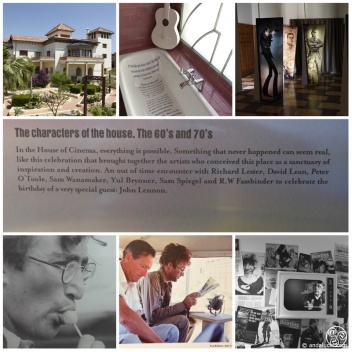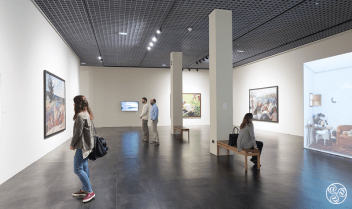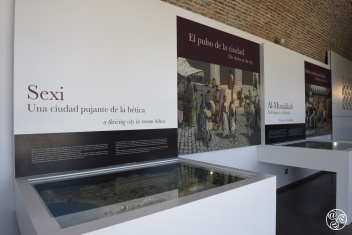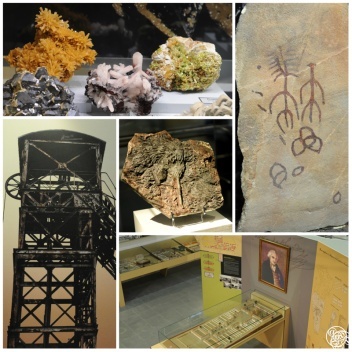Municipal Museum of Antequera - El Museo de la Ciudad de Antequera
The Municipal Museum of Antequera houses artefacts tracing Antequera's archaeological history, many dating back to Roman times, as well as baroque and contemporary art. The museum opened officially in 1972, after a group of local citizens discovered a bronze sculpture named 'The Ephebe of Antequera.










